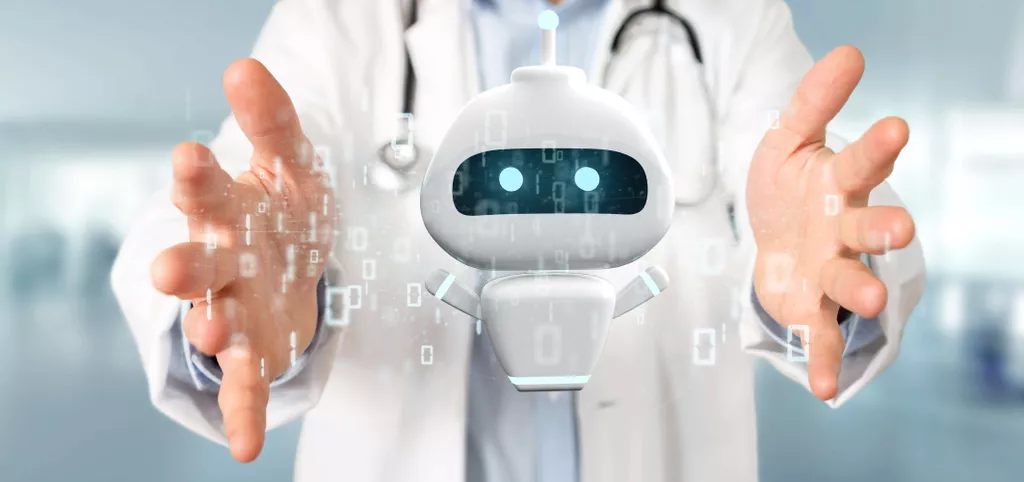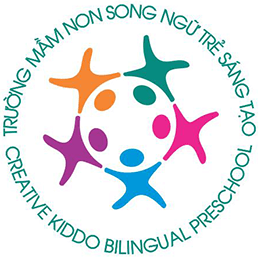
The bot can suggest suitable healthcare plans based on how it interprets human input. Increasing enrollment is one of the most important parts of the healthcare industry. A well-designed metadialog.com healthcare chatbot can plan appointments, based on the doctor’s availability. Medical assistants use these chatbots to streamline patient care and eliminate any unneeded costs.
As AI technology matures, chatbots stand poised to become healthcare’s core component. Embracing this technology can significantly improve patient engagement, streamline communication, and enhance care. To leverage these benefits, our first step should be to advocate for responsible use and continued refinement of these AI-powered tools.
Key Benefits for Healthcare Chatbots Market:
For example, AI chatbots can help patients schedule appointments, track their symptoms, and receive reminders for follow-up care. This can help ensure that patients receive the care they need, when they need it, and help healthcare providers deliver the best possible care. In this review, the evidence for patient safety was limited; however, the limited evidence stated that chatbots were safe for behavioral and mental health interventions.
- So, whenever a user enters a query, the chatbot will provide a timely and accurate response.
- Also, if the chatbot is built into an app, you could use it even without the internet.
- Future studies need to adopt robust RCTs that can establish a causal relationship between AI chatbots and health outcomes.
- According to USA Today, AI chatbots, such as ChatGPT and others, “promise to upend medical care … providing patients with more data than a simple online search and explaining conditions and treatments nonexperts can understand.”
- It allows information to be disseminated quickly, effectively, and at reduced costs.
- Chatbots are also helping patients manage their medication regimen on a day-to-day basis and get extra help from providers remotely through text messages.
Care bots hold great potential in both cases, i.e., those needing or providing mental health services. They are not intended to replace the psychiatrists but rather to be a helping hand for them. An essential use of a hospital virtual assistant is to collect patient data. By positioning conversational AI, you can store and extract your patients’ information like name, address, signs and symptoms, current doctor and therapy, and insurance information. The Centers for Disease Control and Prevention (CDC), USA, had developed a healthcare virtual assistant called “Clara” specifically to share COVID-19 data, offer emotional support, and suggest medically appropriate behavior. Based on the format of common questions and answers, healthcare bots use AI to identify the most appropriate response for your patient in a matter of seconds.
2. Human doctors vs. AI doctors
To enhance healthcare services, it is very imperative to acquire patient feedback. Deploying a chatbot for healthcare is beneficial to understand what your patients think regarding your hospital, treatment, doctors, and overall experience of them via simple automated conversation. Some potential tasks that chatbots could handle including identifying billing codes for medical procedures or services and writing letters to insurers and third-party contractors to advocate for patients’ needs. Although there are still potential areas of improvement, particularly when it comes to medical code accuracy, using chatbots can help providers save time on nonclinical tasks. Streamlining Appointment Scheduling is another significant role of AI chatbots.
- They only must install the necessary sensors and an application to perform the required tasks.
- Patients may need assistance with anything from recognizing symptoms to organizing operations at any time.
- The chatbot will ask the patient a series of questions, such as the reason for the visit, and then use that information to schedule an appointment.
- One of the primary ways AI chatbots can improve patient outcomes is by providing personalized care.
- With each iteration, the chatbot gets trained more thoroughly and receives more autonomy in its actions.
- The development of more reliable algorithms for healthcare chatbots requires programming experts who require payment.
ScienceSoft uses Meteor for rapid full-stack development of web, mobile and desktop apps. Patients can request prescription refilling/renewal via a medical chatbot and receive electronic prescriptions (when verified by a physician). A chatbot guides patients through recovery and helps them overcome the challenges of chronic diseases.
Mental Health Chatbots:
These informed consent and independent review processes — while imperfect — are enormously important to protect the safety of vulnerable patient populations. More advanced healthcare chatbot solutions appear as technology for natural language understanding and artificial intelligence progress. But setting expectations is a crucial first step before using chatbots in healthcare industry.
You can employ an FAQ-based virtual assistant primarily on your website so that your patient can get a quick and straightforward answer. Medical virtual assistants have an interactive and easy-to-use interface; this helps create an engaging conversation with your patients and ask them one detail at a time. On the other hand, with an OTP verification system, virtual assistants can ensure that only verified users schedule appointments in your facility. If you’d like to know more about our healthcare chatbots and how we can enhance your patient experience, simply get in touch with our customer experience experts here. Time is an essential factor in any medical emergency or healthcare situation.
Role of chatbots in healthcare industry
By reading it, you will learn about chatbots’ role in healthcare, their benefits, and practical use cases, and get to know the five most popular chatbots. The ability of this instrument to operate continuously, 24 hours a day, throughout the year is a major benefit. Additionally, you can engage in any way simultaneously and find a solution right away. One of the health services that get hundreds of requests per day for various procedures is customer service. A consultation appointment, a medication renewal, and a request for any information are a few of them. Healthcare chatbots can be used to automate diverse healthcare or well-being tasks, such as care information delivery and care management.
The Sensely chatbot is about making healthcare accessible and affordable to the masses. Users can interact with the chatbot in the language and channel of their choice via text or voice. It offers plenty of healthcare content, such as symptom checkers, self-care articles, health risk assessments, condition monitoring, and so much more. The chatbot asks a bunch of questions usually asked during initial therapy sessions and allows patients to understand their emotions better. By requesting more such questions, the chatbot can assess the patient’s mood and offer help as needed. Now that you’ve seen all the cases where chatbots in healthcare play a crucial role, let’s take a moment and look at some of the most popular chatbots in healthcare.
Increased costs
When patients encounter a lengthy wait time, they frequently reschedule or perhaps permanently switch to another healthcare practitioner. The employment of chatbots in the healthcare industry has shown to be an excellent remedy for the issue. By using a message interface, users of a website or app can instantly access a chatbot. With the aid of a medical chatbot, patients can get the information they need when they need it and enjoy a better healthcare experience.
- By positioning conversational AI, you can store and extract your patients’ information like name, address, signs and symptoms, current doctor and therapy, and insurance information.
- Such a system was proposed by Mathew et al [30] that identifies the symptoms, predicts the disease using a symptom–disease data set, and recommends a suitable treatment.
- First, the user makes a request, in text or speech format, which is received and interpreted by the chatbot.
- The chatbot helps patients track their medication schedules and reminds them to take their medicines on time.
- On the opposite side of the coin, there are a few obstacles to consider when contemplating the development of healthcare chatbots.
- Undoubtedly, the accuracy of these chatbots will increase as well but successful adoption of healthcare chatbots will require a lot more than that.
Methodology assessment based on the National Institutes of Health’s quality assessment tool for controlled intervention studies. Only one study conducted a qualitative analysis, that is, the study by Galvão Gomes da Silva et al [5]. This study reported that NAO, a social robot, enhanced immediate motivation toward activities such as meeting friends and families and increasing willpower through mindfulness techniques.
How Appinventiv Transformed In-hospital Patient Communication for YouComm Using AI Technology
While many patients appreciate receiving help from a human assistant, many others prefer to keep their information private. Chatbots are seen as non-human and non-judgmental, allowing patients to feel more comfortable sharing certain medical information such as checking for STDs, mental health, sexual abuse, and more. Healthcare chatbots are the next frontier in virtual customer service as well as planning and management in healthcare businesses. A chatbot is an automated tool designed to simulate an intelligent conversation with human users. In this blog post, we’ll explore the key benefits and use cases of healthcare chatbots and why healthcare companies should invest in chatbots right away.
What are the 4 types of chatbots?
- Menu/button-based chatbots.
- Linguistic Based (Rule-Based Chatbots)
- Keyword recognition-based chatbots.
- Machine Learning chatbots.
- The hybrid model.
- Voice bots.
How are chatbots used in healthcare?
Chatbots for healthcare allow patients to communicate with specialists using traditional methods, including phone calls, video calls, messages, and emails. By doing this, engagement is increased, and medical personnel have more time and opportunity to concentrate on patients who need it more.
